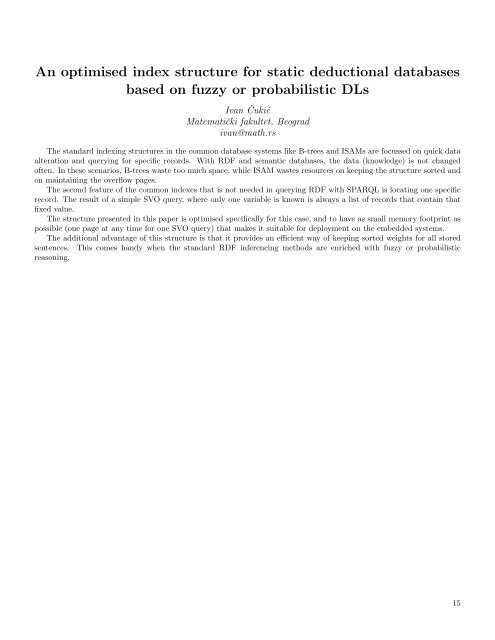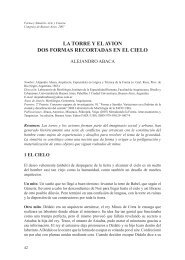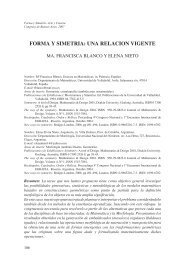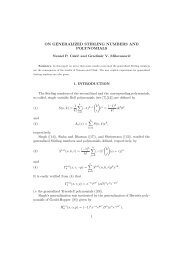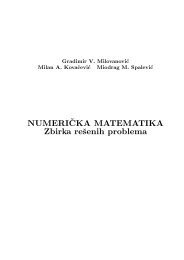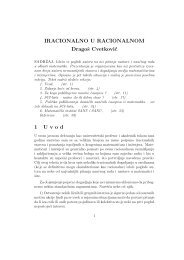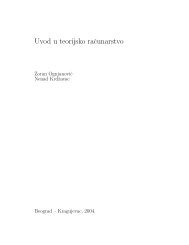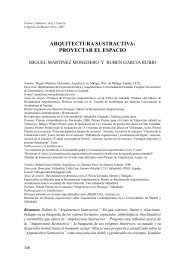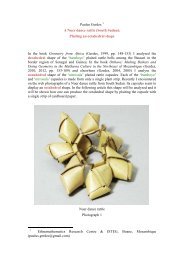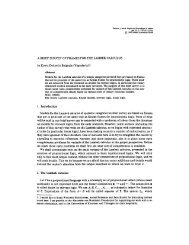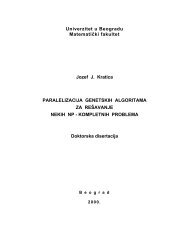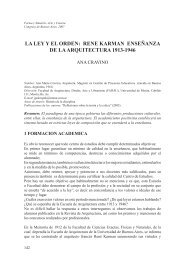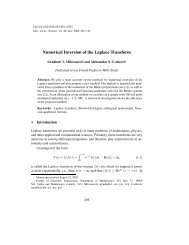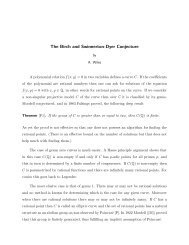Knjiga apstrakata - Mathematical Institute of the Serbian Academy of ...
Knjiga apstrakata - Mathematical Institute of the Serbian Academy of ...
Knjiga apstrakata - Mathematical Institute of the Serbian Academy of ...
You also want an ePaper? Increase the reach of your titles
YUMPU automatically turns print PDFs into web optimized ePapers that Google loves.
An optimised index structure for static deductional databasesbased on fuzzy or probabilistic DLsIvan ČukićMatematički fakultet, Beogradivan@math.rsThe standard indexing structures in <strong>the</strong> common database systems like B-trees and ISAMs are focussed on quick dataalteration and querying for specific records. With RDF and semantic databases, <strong>the</strong> data (knowledge) is not changed<strong>of</strong>ten. In <strong>the</strong>se scenarios, B-trees waste too much space, while ISAM wastes resources on keeping <strong>the</strong> structure sorted andon maintaining <strong>the</strong> overflow pages.The second feature <strong>of</strong> <strong>the</strong> common indexes that is not needed in querying RDF with SPARQL is locating one specificrecord. The result <strong>of</strong> a simple SVO query, where only one variable is known is always a list <strong>of</strong> records that contain thatfixed value.The structure presented in this paper is optimised specifically for this case, and to have as small memory footprint aspossible (one page at any time for one SVO query) that makes it suitable for deployment on <strong>the</strong> embedded systems.The additional advantage <strong>of</strong> this structure is that it provides an efficient way <strong>of</strong> keeping sorted weights for all storedsentences. This comes handy when <strong>the</strong> standard RDF inferencing methods are enriched with fuzzy or probabilisticreasoning.15


